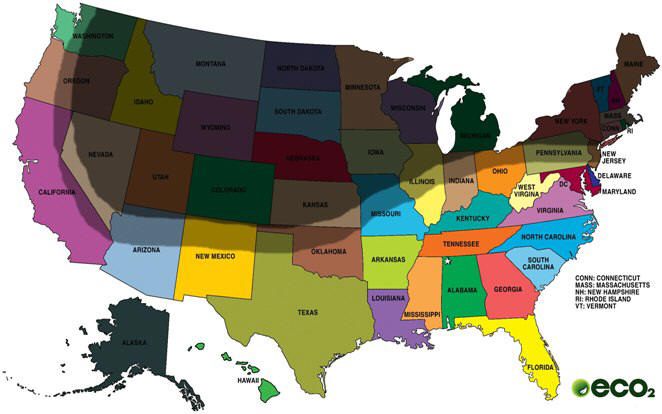 Kiri
Tree Growing Zones
Kiri
Tree Growing Zones
Land Requirements
The Kiri Tree is a highly versatile species and grows in a wider range of environments. In order to determine if land is suitable for establishing a Forestry Plan project with Kiri Trees, the following criteria have been outlined as an initial guide. While it is not essential to meet all criteria the more suitable the land is the more likely it is that a project can be implemented.
If you have land that you believe is ideal for the establishment of an International Forestry Plan project please Contact us.
- Global Land Location - Latitude 400 to -400 (See International, US and Australian growing zones maps below)
- Altitude up to 7500 feet (2500 meters)
- Well Drained “Sandy Loam Soil”
- Rainfall Per Annum. Needs 48” (120cm) – 60” (150cm)
- PH Level Between 5.5 – 7.5
- Clay Table Deeper Than 2 feet (60cm)
- Water Table Below 5 feet (1.5meters) in “Wet Season”
International Growing Zones for the Kiri Tree
The International map below identifies the regions within Latitude 40 degrees North and 40 degrees South. Areas of land within this zone that meet the ideal growing conditions above are likely to be suitable for establishing a Forestry Plan projects using Kiri Trees.
US Growing Zones for the Kiri Tree
In the United States, studies have enabled ECO2 to provide more detailed zoning for the establishment of a Forestry Plan projects using Kiri Trees. The non shaded areas, including Hawaii, are ideal growing zones. The lightly shaded areas are also potentially suitable, while the dark shaded areas, including Alaska, are less likely to be suitable, though certain areas may prove ideal. The same land suitability criteria applies.

Australian Growing Zones for the Kiri Tree
In Australia, studies have enabled ECO2 to provide more detailed zoning for the establishment of a Forestry Plan projects using Kiri Trees. The non shaded areas, including the top half of Tasmania, are ideal growing zones. The lightly shaded areas are also potentially suitable, while the dark shaded areas are less likely to be suitable, though certain areas may still prove ideal. The same land suitability criteria applies.
